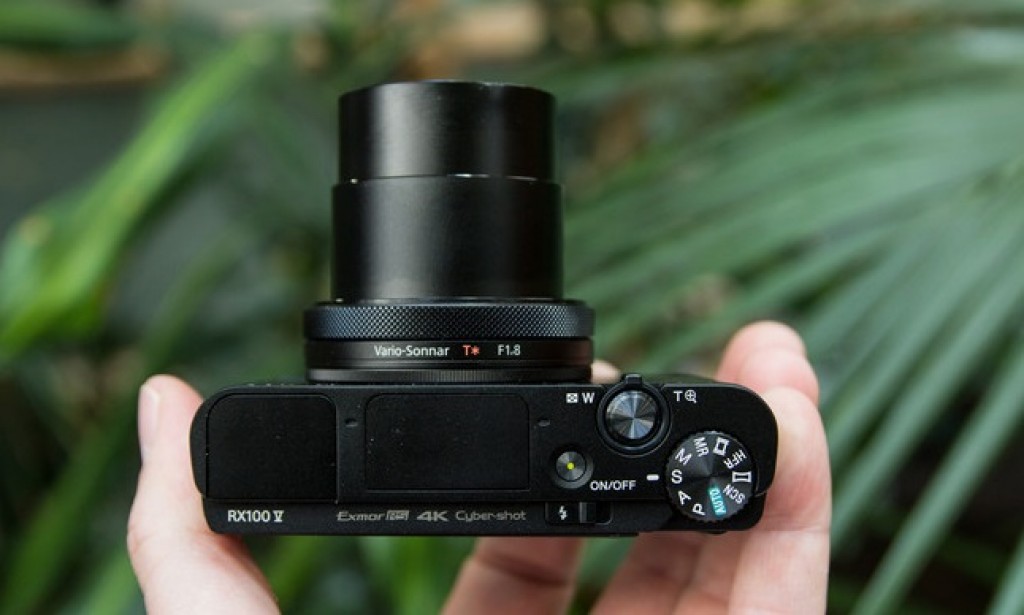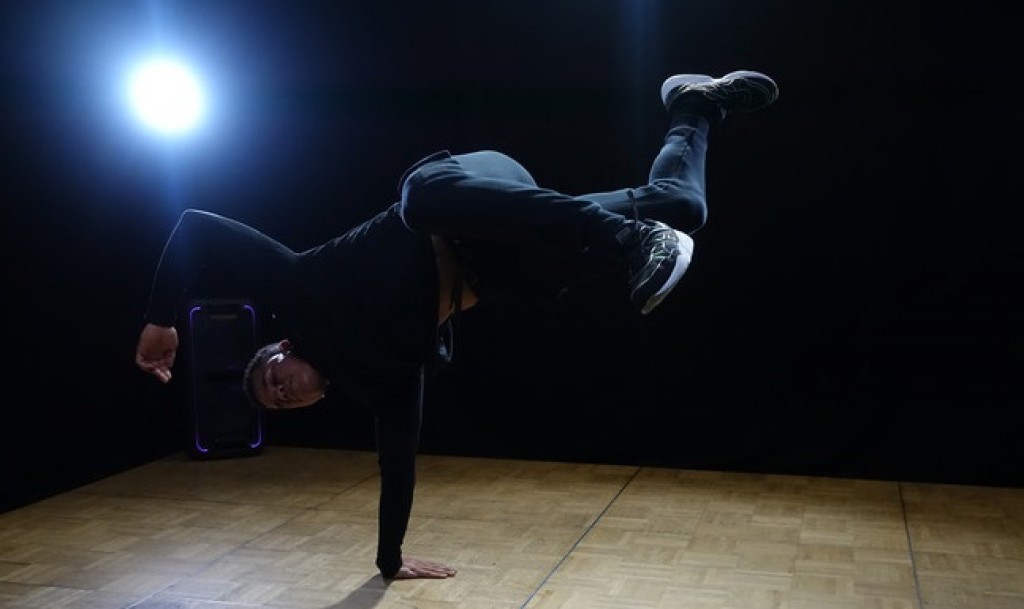
One glance at the RX100 V and you won’t know whether you’re looking at a new camera, or, pretty much, any of the previous four models. That’s perhaps as much a testament to the design of the RX100 as it is the frequency with which Sony chooses to update this stellar compact camera.
From its first iteration, the RX100 has been causing a buzz and in this latest iteration, the mark V version, this trend will continue. Sony pulls out the stops and claims the new RX100 V has the best image quality in the line’s history, as well as offering more processing power and more accurate autofocus.
With a price of £1000, and all the previous models of RX100 still available from Sony, choosing your RX100 could be a challenge.
Sony RX100 V preview: Design
Sitting in a compact metal body, the RX100 hasn’t changed much over its life. There have been changes over the past years: a new sensor, new lens, the addition of a pop-up OLED viewfinder, and all have been achieved without moving on from the solid body that the RX100 V offers.

The dimensions remain much as they were before, so this is still a pocketable camera, the big sell being that you get a lot of photo power in that compact package. Sony claims that a hefty proportion of buyers are picking the RX100 as a second camera to a changeable lens camera, a back-up or goto device for the enthusiast or professional.
Weighing 299g with battery and card, it’s solid enough to feel up to the job, light enough to not weigh you down.
The layout puts all the controls at your fingertips, the barrel ring on the front and the dial on the back making it easy to manipulate settings quickly and easily. It’s a design the feels natural and although there’s a lot crammed into this camera, it’s not overwhelming.
That lens on the front offers a 24-70mm (35mm equiv) focal length, with maximum f/1.8 aperture.
Sony RX100 V preview: Stepping up the performance
Sony has made a number of changes to the RX100 V over the RX100 IV, but in many aspects the specs of these two models are similar. Both have the same 1-in type stacked Exmor RS CMOS sensor.

Sony changed the design of the sensor in the RX100 IV to improve the communication and handling of the data it captures by adding a separate signal processing layer and adding DRAM memory on the sensor. The same 21-megpixel sensor is in the mark V camera, again designed to give you speed.
Sony says this is five times faster than a conventional sensor and it helps power some of the RX100 V’s more advanced features. Making a step-up over the RX100 IV, however is the new front-end LSI (large scale integration) which sits with the Bionz X image processing engine.
Technical terms aside, Sony has lifted the processing power from its flagship a99 II to supercharge the good work already being done by that stacked sensor. The idea is to process data faster and it results in some pretty impressive features.

Perhaps the most notable is 24fps shooting for up to 150 shots at a time. It does this without slowing down. Where some camera offer this speed, they noticeably slow the capture rate as the buffer fills. The RX100 V also offers this with continuous focusing, so you can accurately track a subject and there’s minimal blackout between shots. So you basically get to watch the action as you snap it incredibly fast.
This should appeal to anyone capturing fast moving objects and looking for that perfect shot, without the sort of distortion than some cameras suffer from. The result, hopefully, will be a nice sharp image plucked out of a the action.
We had the chance to test this fairly heavily with dancers and some fancy dancing paint (on a boombox) when we went hands-on with the RX100 V. The high-speed continuous shooting is just a couple of clicks away, then it will rattle off shots like a minigun.

That’s all fun, but there’s one noticeable downside. Once you’ve captured all those photos they then need to be saved to the SD card and this takes some time – even with a fast card. At least you’ll get an indicator showing how that writing is progressing, but be warned, just because you can shoot 24fps, doesn’t mean you’ll always want to!
Sony is also claiming more accurate autofocusing, with the power meaning that tracking objects is now faster. It uses a hybrid autofocus system, with 315 phase detection points covering 65 per cent of the sensor. There’s a downside here on the 3-inch variable angle display that carries over from the previous RX100 models: there’s no touch.

That means that selecting a focus point manually means using controllers, rather than a simple tap of the finger. That said, focusing is fast and crisp from our first impressions.
There’s also high frame rate video for silky-smooth slow-motion video – up to 1000fps – as well as more regular 4K video capture at frame rates up to 50p. This is oversampled, so there’s no pixel binning, which should result in some lovely detailed 4K video.
Of course this is a great camera for more regular shooting too. The maximum aperture runs from f/1.8-2.8 at full zoom, so there’s flexibility for lower light shooting. Sony also tells us that the RX100 V gives cleaner high ISO results than its predecessors too. When it’s all said and done, it appears to be a pretty solid point and shoot camera too.
First Impressions
First impressions of the Sony RX100 V are good, but you’d expect no less from a compact camera that’s commanding a £1000 asking price. This is only £1 more than the RX100 IV (based on Sony’s current website pricing) making this a no brainer: the newer model is the one to pick.
The experience from the limited shooting we’ve done with the RX100 V has been good. ISO noise appears to be well controlled, with clean images in the ISO 1000 range, manual controls are a breeze with the combination of the dials on those camera, as it was previously, and we still marvel at the way the OLED viewfinder has been crammed into the corner.
We will be bringing you a full review of the Sony RX100 V as soon as we can, and we’re expecting stellar performance.
Sоurсe: pocket-lint.com









































